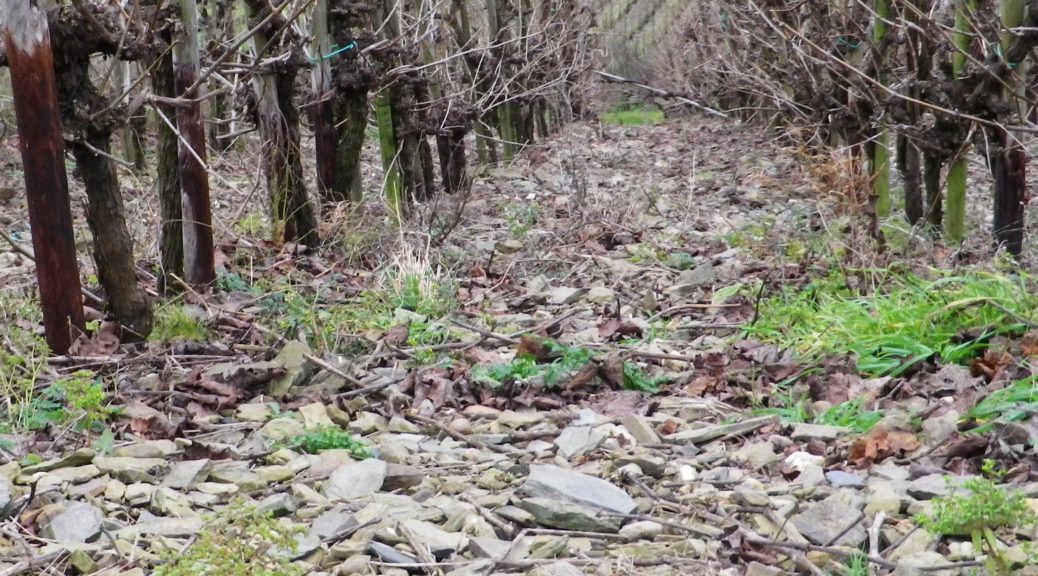What I Learned:
Germany’s Moselle River region is as an important wine-producing area in Germany as the Rhine region. Called the “Mosel,” in German, it is also important to the wine industries in Luxembourg, and Lorraine, France. It is the oldest wine producing region in Germany.
The Moselle is famous for its slate. Ribs of the stuff poke out from the earth, and chunks of it cover the ground under the vines. While the Moselle is not as long as the Rhine, it is so diverse as it flows northeast through Germany, that it can be divided into distinct wine areas. Germans refer to these Moselle sections as the Upper Moselle, beginning at the French border, the Middle Moselle, and the Lower Moselle, ending at Koblenz.
The Lower Moselle, also known as the Terraced Moselle, begins just upriver from Zell. It is without a doubt the most spectacular area visually: steep slopes rise from the river edge, as the Moselle twists and turns on its way to join the Rhine. This area, from Zell (with the famous black cat), past the famous wine village of Cochem, to the river mouth at Koblenz, boasts some of the steepest vineyards in the world. Hence the need for the narrow terraces which dominate the landscape in the vine-bearing hills of this region.
Because of the steepness and terraces, the vines in this sub-region are mostly all worked by hand, resulting in wines that generally are more expensive than other regional wines in Germany.
Here, the Riesling grape really predominates (whereas in the rest of the Moselle region it accounts for approximately only 61 per cent of all cultivated grapes in this region.) In addition to the Riesling grape, other white varietals include Weisser Burgunder (Pinot Blanc), Mueller-Thurgau, and Eibling, most likely the original dominant white varietal here.
What I Tasted:
2014 Spaetburgunder, Winninger Spaetburgunder Barrique, Trocken, Deutsche Qualitaetswein, Weingut Fries: A dry red wine (Pinot Noir), with medium plus garnet color; an oak nose, with dried red cherry, oak and vanilla flavors, medium tannins.
2012 Riesling, Winninger Uhlen, Trocken, Kabinett, Weingut Freiherr von Heddesdorf – A dry white wine with medium gold color; mineral and floral notes, with a slight nutty taste, and smooth finish; An interesting wine to drink.
(Winninger) Sekt; Blanc de Noir, Weingut Fries: A dry sparkling wine with fine bubbles, and a very light salmon color; a red licorice and floral nose, with floral, cherry and red berry flavors, with a hint of vanilla; very mild tannins.
